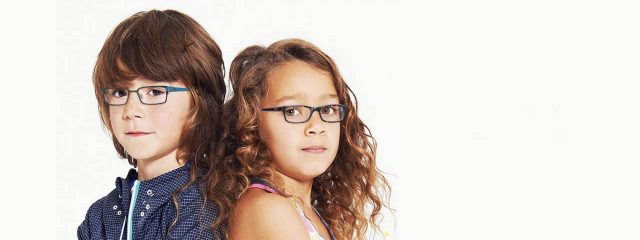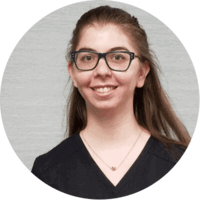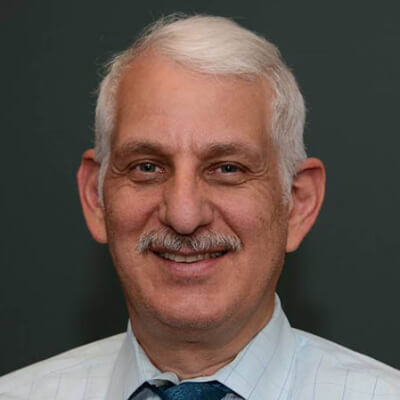
Got a lazy eye? Patch the other one. Right? Wrong! Lazy eye, medically known as amblyopia, has long been treated with patching. Eye patching is no longer the standard of care, although many eye doctors still hold onto this longstanding, but ineffective treatment. Lazy eye is the most common cause of preventable blindness in children. The loss of vision is not from a disease of the eye, but rather the lack of development of the visual brain. A child with amblyopia has healthy eyes, yet the brain does not “see” the information. The problem is usually with information from one eye, but at times, it is both eyes. A vision screening at the pediatrician’s office usually occurs when a child is able to identify letters or pictures, but by then we have already lost valuable time to develop vision.
This type of “blindness” occurs in approximately 2 out of 100 healthy children. The cause of amblyopia is not due to a disease process. The eyes are healthy, but the brain does not develop the information from each eye and thus does not develop the ability to use the two eyes together.
A child who has always seen this way assumes this is normal. They cannot tell the parent that something is wrong.
Eye Patching makes sense on the surface
The rationale behind patching is this: patch the good eye so the lazy eye becomes better. The problem is that the brain has been so accustomed to using the “good” eye, that when the patch is removed, the brain simply reverts to using the “good” eye. The individual never gets to the point of being able to use the two eyes together as a team and therefore, the improvements are only short lived and regress very quickly.
A child with amblyopia will typically have 20/20 eye sight in one eye and the other eye will be poor. The severity of the amblyopia is measured by how poor the eye sight is in the affected eye. In addition to poor sight, the child with amblyopia will also have “stereo blindness” or poor depth perception. This only adds to the visual difficulty since the child who is “stereo blind” will not be able to experience the benefits of three dimensional vision.
There can be many causes for amblyopia, but the two most common causes are strabismus (crossed eyes) and unequal refractive error (example: high farsightedness in one eye while the other eye is normal). The child is therefore not able to see with both eyes simultaneously.
Amblyopia is treatable even after 6 years old
An old myth still exists and is still reinforced by many eye doctors. Amblyopia was thought to be only treatable if caught before age 6. This myth has been disproven. Current research shows that amblyopia can be treated even well into adulthood. The human visual brain can change and develop which is termed “plasticity”.
Occlusion therapy or “patching” is where the patient wears an eye patch on the “good eye” for typically hours at a time during their waking hours. Improvement in the sight of the lazy eye is often short lived. This “old school” approach (when used alone) can be very difficult and disruptive for the developing child to handle. It creates visual disorientation and confusion in spatial judgments. This in turn creates frustration and often emotional upset in the patient. Other children often make fun of a child wearing the patch
Therefore today’s “best practices” approach for the treatment of amblyopia involves a combination of monocular (one eye) along with binocular (two eyes together) training of the visual brain through office-based vision therapy. This is done by a vision therapist under the direct supervision of a Doctor of Optometry. Weekly or bi-weekly in-office procedures along with home-oriented visual activities are prescribed.
Vision Therapy for Ambyopia
This treatment approach yields the best outcomes, often resulting in normalization of eye sight in the amblyopic eye and the development of stereo vision (3-D vision) for the child. Eye patching alone is no longer the standard of care.
Dr. Roth. OD, FCOVD, is a developmental optometrist, and is Board Certified in Vision Development and Vision Therapy. As part of his full scope practice, Family Eye Care, he sees patients of all ages. He diagnoses and treats both eye disease and vision problems that affect individual who have amblyopia (lazy eye). Dr. Roth, Lic# 4635 OM# 27OM0005600, practices at Family Eye Care, in Old Bridge and may be reached at 1-732-679-2020. Please visit www.NewJerseyEyeSite.com.



Appointment times may vary so call us for availability.